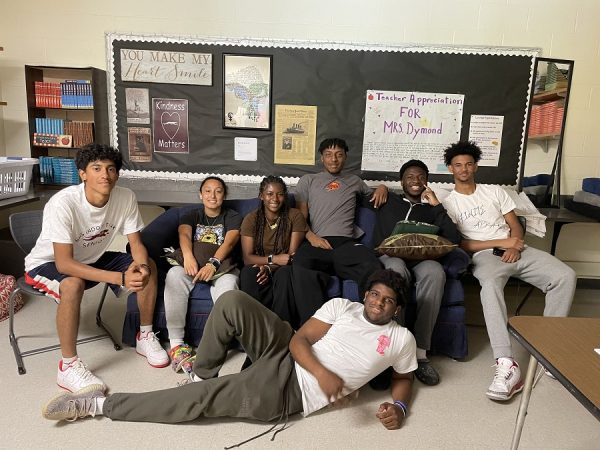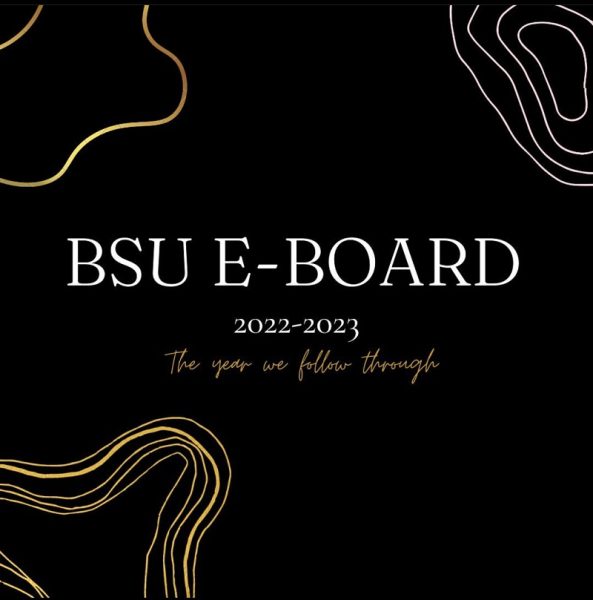Beginning a discussion on the dress code, again…
In the 2021-22 year, schools worldwide reopened their doors when the surge of COVID-19 finally calmed down, which also opened back up the conversation of the dress code and brought the return of the overwhelming flood of students complaining of its tyranny over their freedom of expression.
Naugatuck High School was no exception to the resurrection of this controversial topic.
When asked about the prohibiting of durags, a form of tight-fitted headcovering meant to protect coily hair and worn by many black male students at the school, NHS teacher, Ms. Kinne, replied, “I was aware that was a violation last year, yeah. Any type of headwear could be a violation.”
Durags are an important aspect of African-American culture, mainly popularized in the 90’s and early 2000’s, that have been labeled “ghetto” (in and of itself already a negatively charged word) or “gang-related” by white supremacists angered by the rejection of white beauty standards. It is one of many racially cultural items that have been targeted by racist and anti-black policies nationwide.
It is important to note that the dress code states it should “not increase marginalization or suppression based on race, sex, gender identity, gender expression, sexual orientation, ethnicity, religion, cultural observance, body type/size, or membership in any other legally protected class.”
In order for a student’s outfit to raise concern, Mr. Varanelli thought it would have to be “really offensive or racist in nature. Something that was, like, over the top with lack of clothing would probably fall into that category. Drug references, stuff like that.”
There was a clear difference in what some faculty members viewed as inappropriate compared to others.
A solution was provided in the 2022-23 school year when The Young Feminists led by esteemed English teacher, Mrs. Dymond, welcomed a new dress code.
“I think it allows students to be able to express themselves a little bit more; wear hats, what makes them feel more comfortable. I definitely think it’s more of what the students wanted,” said Mrs. Kinne, NHS Health teacher.
However, despite the new dress code, numerous students have reported continued dresscoding by some of the school’s staff using the standards of the previous dresscode or even going outside of it and dresscoding what they had personally viewed as inappropriate, however it is not against the new policy.
“I’ve seen it happen before,” says Syd Steeves, an NHS student, “and I think it’s disgusting that it’s so normalized. No one does anything about it either.”
Emma Gonzalez, another student, was dress coded by a faculty member. She reported her experience. “It felt as if I was being objectified for my body and my choice of clothing. I thought that it was unfair because I’ve seen many other girls in the school with the same clothing as me, but they just had less curves. After I was forced to go and change, I felt horrible and it really lowered my self-esteem. They made me feel like I was dressed in a provocative-slash-inappropriate manner, which I now realize I was not. Not only was the outfit I was wearing perfectly appropriate, but skirt length– which is what I was dress coded for– was not even accounted for in the dress code.”
The new dress code, which can be found on the school website, states, “Restrictions on freedom of student dress may be applied whenever the mode of dress in question… is unsafe, unhealthy, and/or contributes to a hostile or intimidating atmosphere… is disruptive… [and] is contrary to law…” No specification of clothing lengths are included.
In the aftermath, Emma had been personally checked by Ms. Dymond who concluded there was nothing inappropriate about her outfit.
“I think it’s horrible for any girl or person to be viewed like an object, like I was and many other people were,” added Emma.














Carol Ann • Jan 17, 2023 at 2:27 pm
You would think these issues wouldn’t be happening anymore. Clothing changes with the times and some people need to realize that. Favoritism also needs to stop when it comes to dress coding.
Very well written article!